



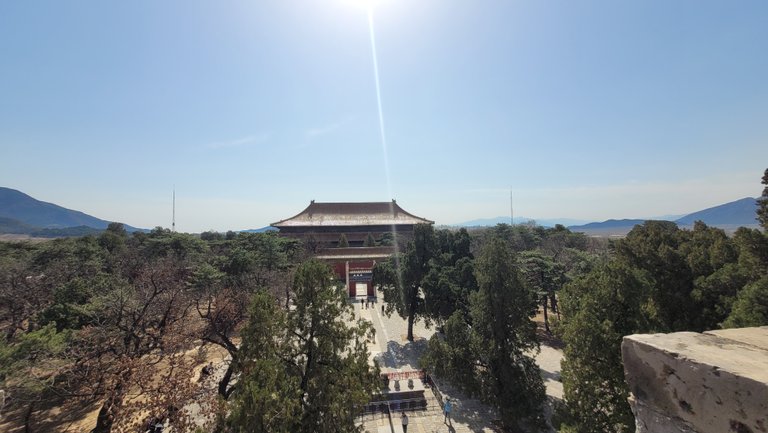
Hello, my friends in the Hive universe!
I hope your day is going well and that you are enjoying each day. Last weekend was amazing for me since I visited the Ming Tomb area and my specific location was the Changling Tomb of Changping district in Beijing, one of the city's most famous tourist attractions for those who love the history of the Chinese Dynasty. It has been a long time since I have visited such a magnificent location due to the Long Winter. It has been difficult to go outside and investigate locations like these in bone-shivering cold for the last 4/5 months. So, my objective is to cover the remaining sites that have not yet been visited during the late spring and early summer season, which is also the finest time to visit Beijing's natural beauty spots.
In general, the Ming tombs are located as a cluster near Beijing and are collectively known as the Thirteen Tombs of the Ming dynasty (in Chinese: 明十三陵; pinyin: Míng Shísān Líng; lit. 'Ming Thirteen Mausoleums'). They are located within the suburban Changping District of Beijing Municipality. Wikipedia
I have visited one of them which is around 15 km from the Changping district and it takes almost half an hour from the Changping center by public bus that costs around 1.5 RMB. I live in Huairou which is the complete opposite side of the Changping district in the northern area of Beijing, my living place is in the northeast side but Changpin is located on the northwest side of the Beijing city center. But I am lucky that there is a regular bus service from the Huairou to Changping district that doesn't enter the city but bypasses the traffic so I can go to Changping district quite fast.
It takes around 2 and a half hours from my institute to reach the spot, and the area is so far actually from Beijing city also and I saw very few tourists surrounding the area. But the scenery of the surroundings was spectacular. There are mountains and greenish views all around the location. After getting down from the stand, a little bit of walking distance of around 3/400 m for the parking area and the ticket counter.

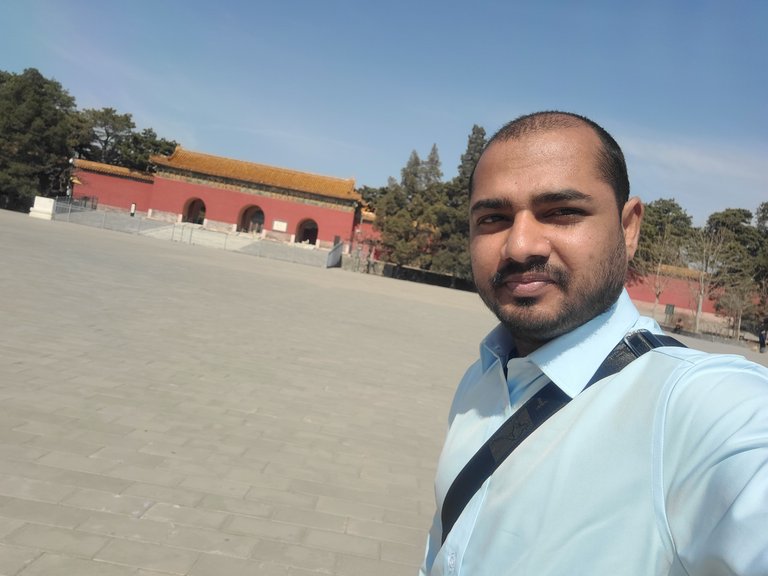
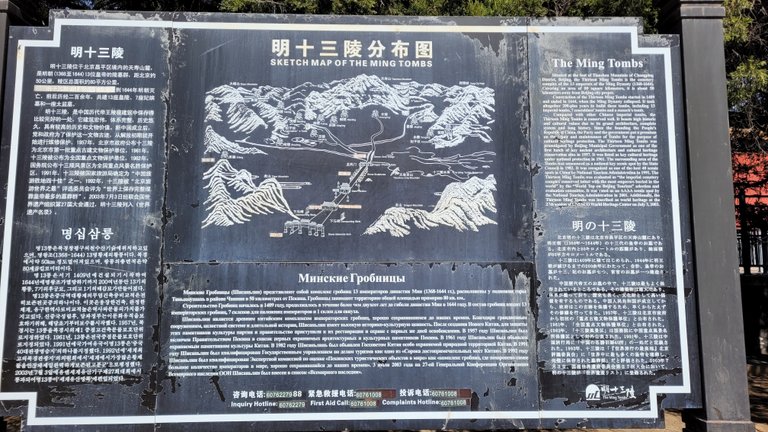
This is the whole map of the Ming tomb that covers a lot of area in the Changping district, and I am at the right-bottom of the map. It is so difficult to cover all these locations in a single day to explore everything. It is very necessary to make your possible or intended route to make your visiting plan. I had no idea but today I am already late so visit only this one as the area is vast and needs separate transportation to move to other locations.
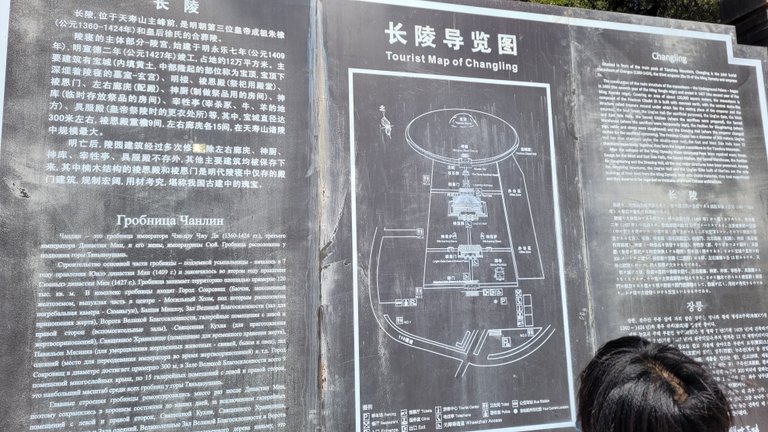

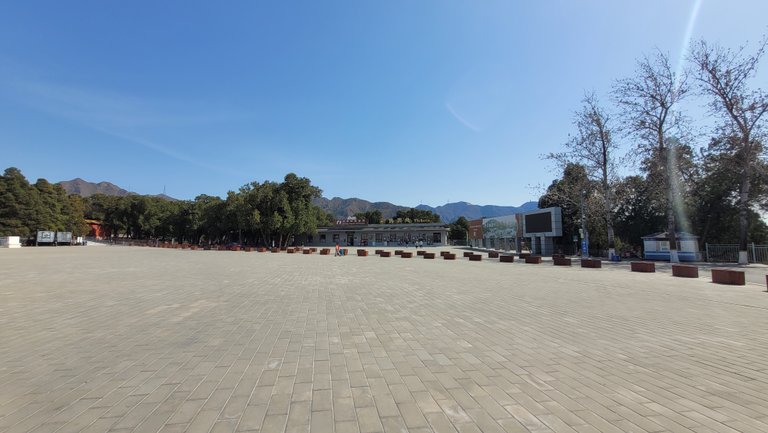
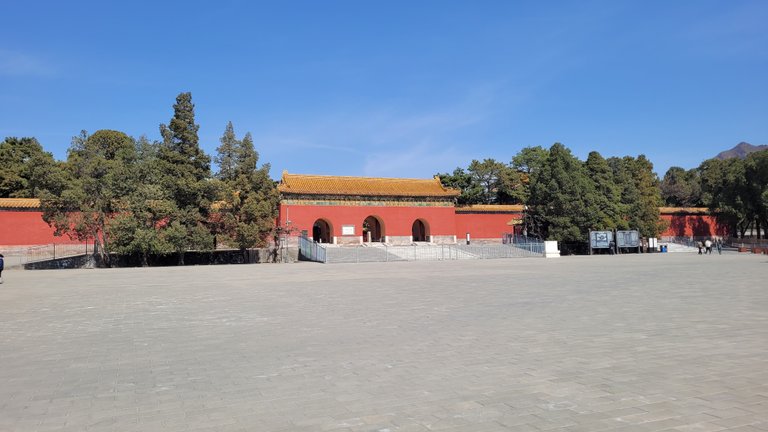


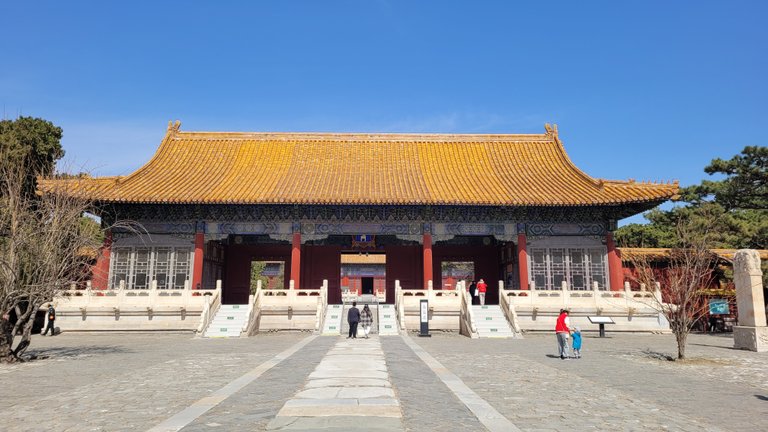
The first thing that I noticed that the large premise before the entrance and the view is so beautiful because of so many mountains surrounding it. Then I got to the ticket counter for the tickets. Initially, I tried to buy from WeChat through the QR code as I do in most places, but here the system seems to be a little complicated and time-consuming so I bought the tickets from the counter which is a hard copy of the ticket.
The benefit of the counter tickets is the hard copy while for online tickets no hard copy but only a QR code for entering into the tourist area. I have taken some close pics from the front of the entrance and then entered into the Tomb area which was a straight appearance of total architectural view.
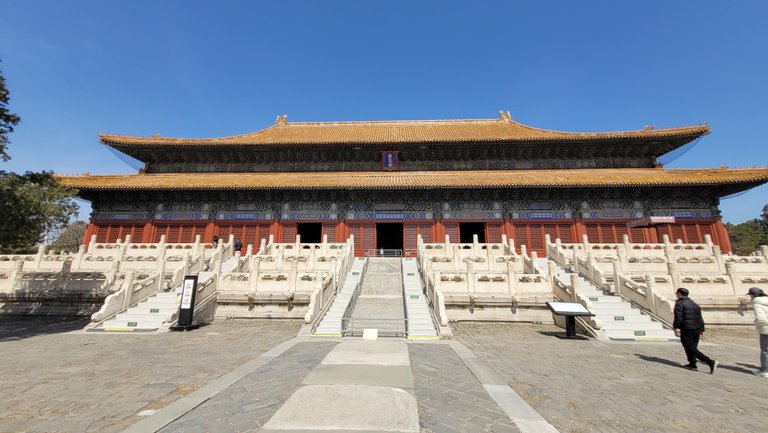

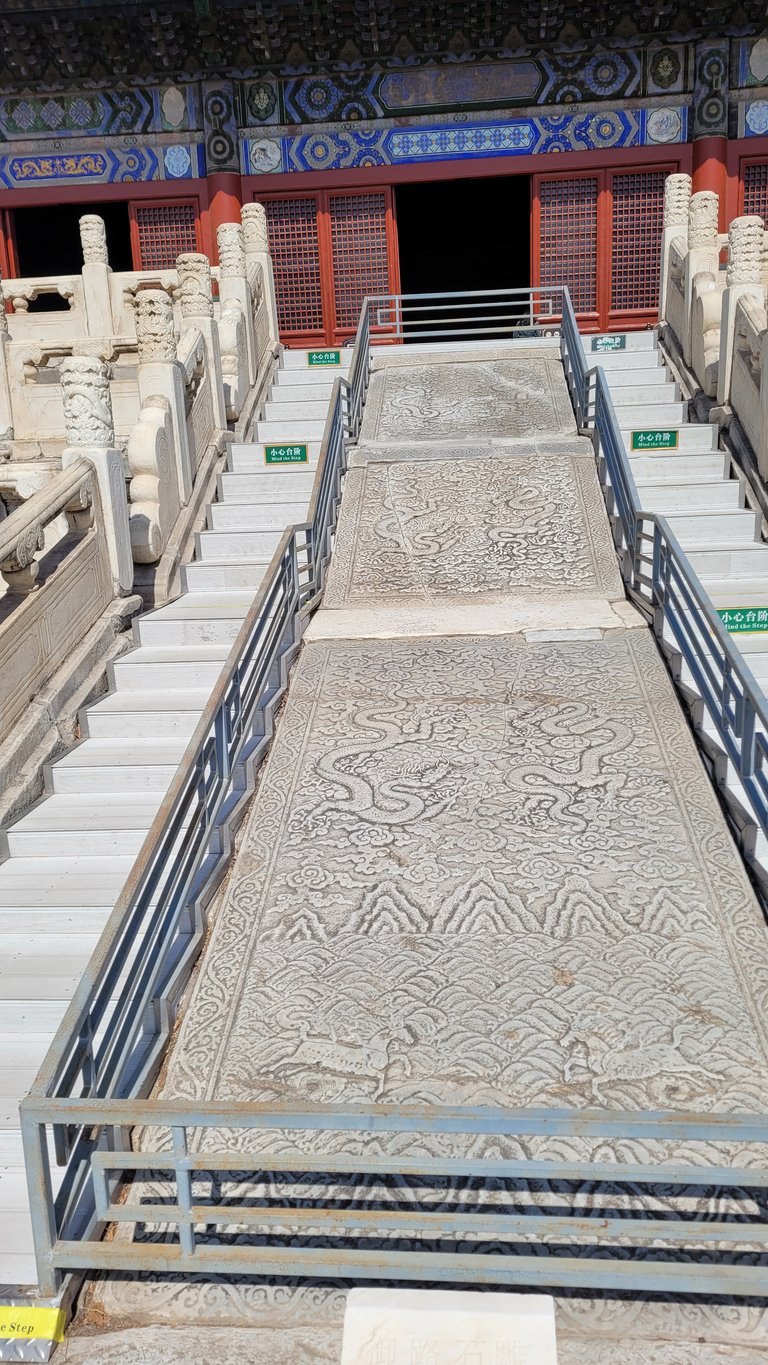
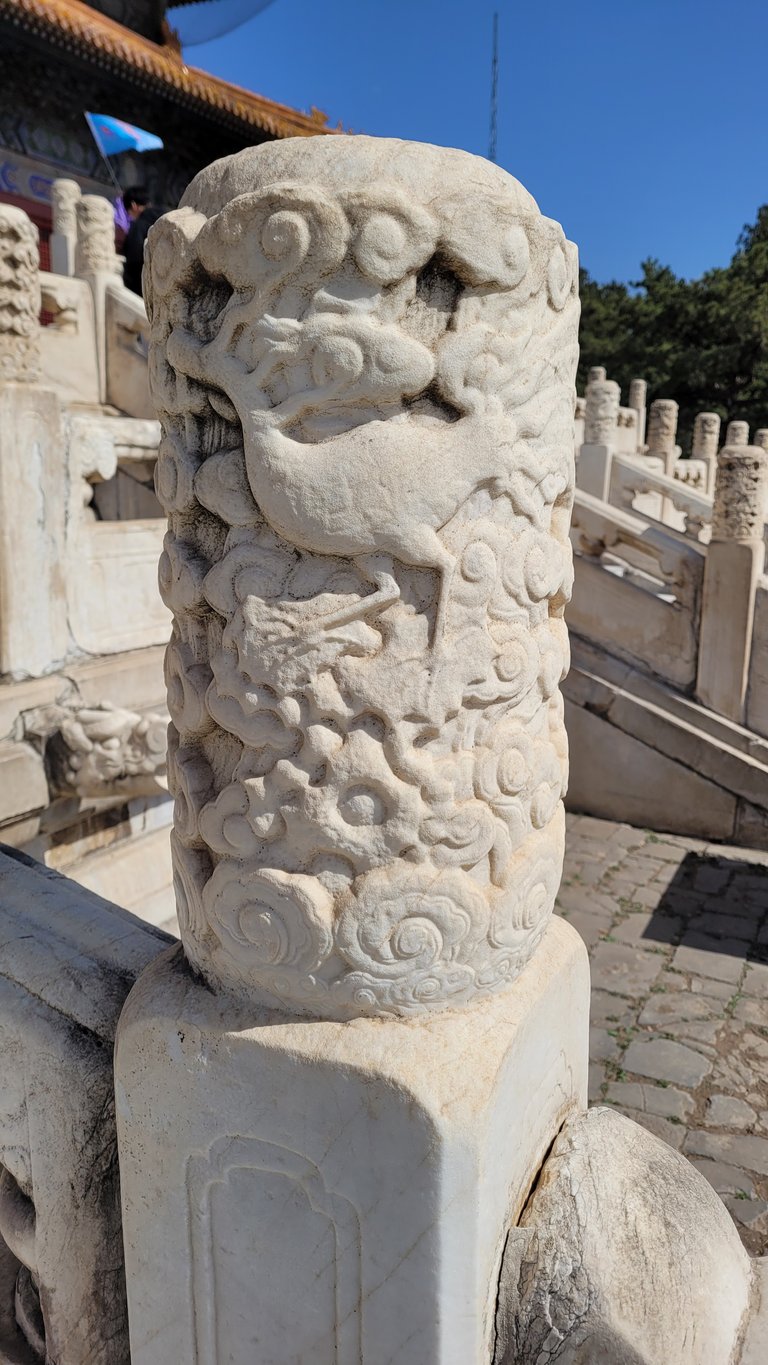

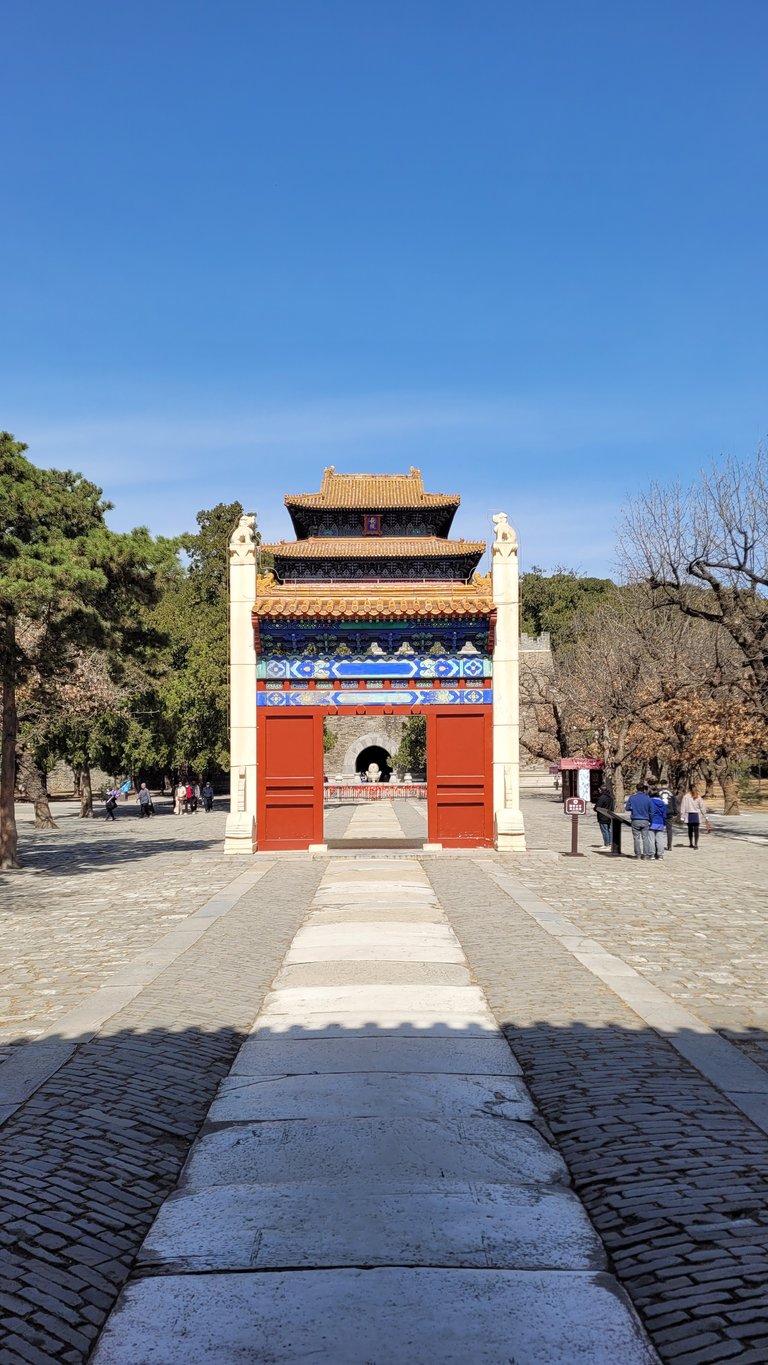
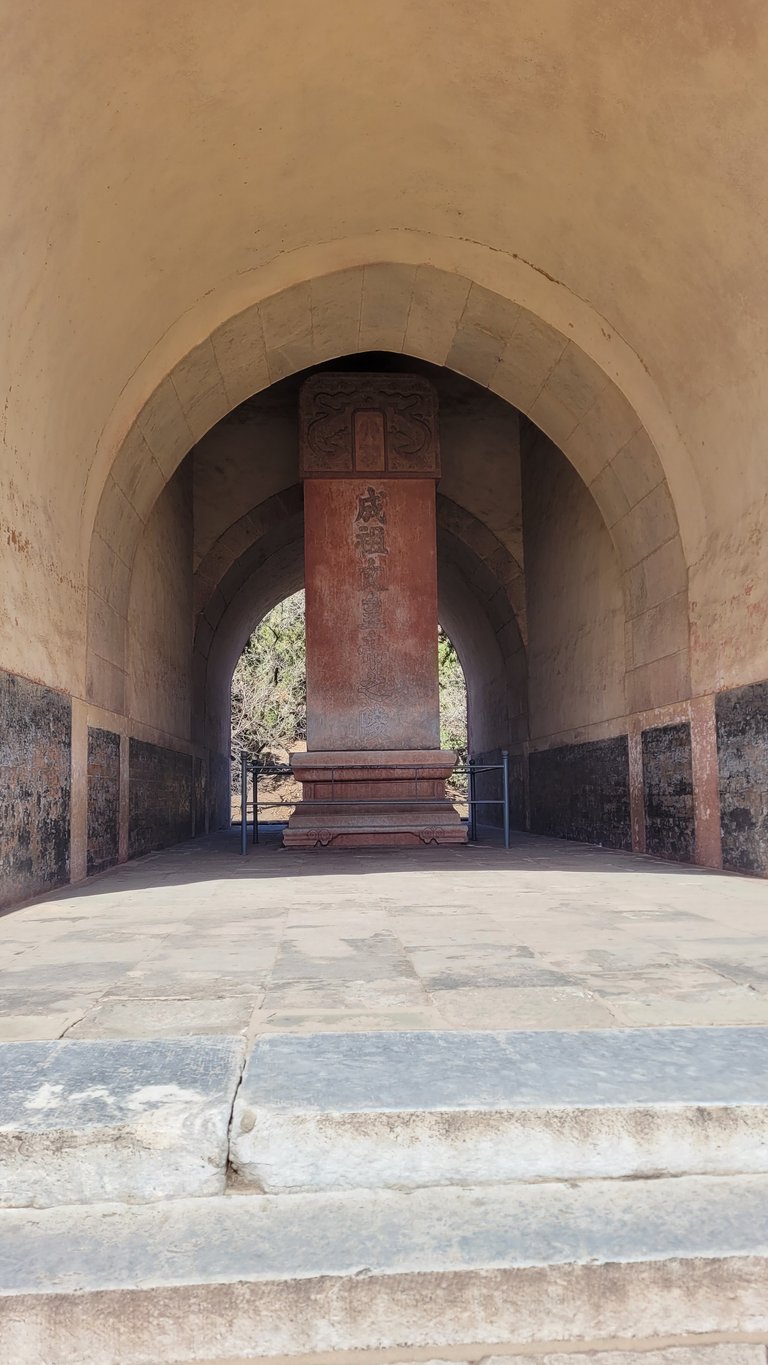
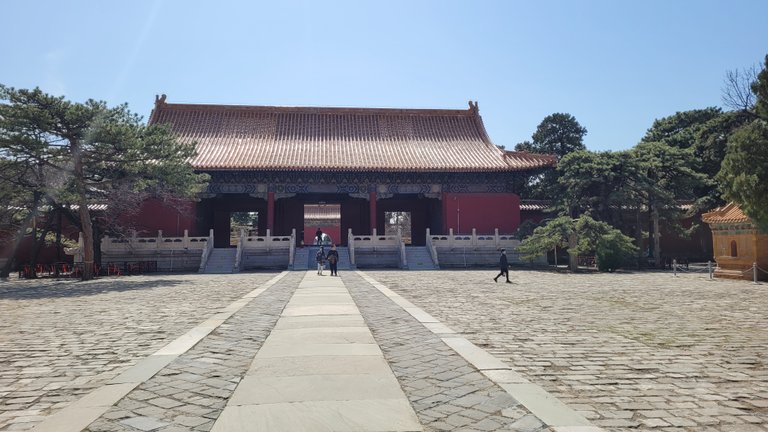

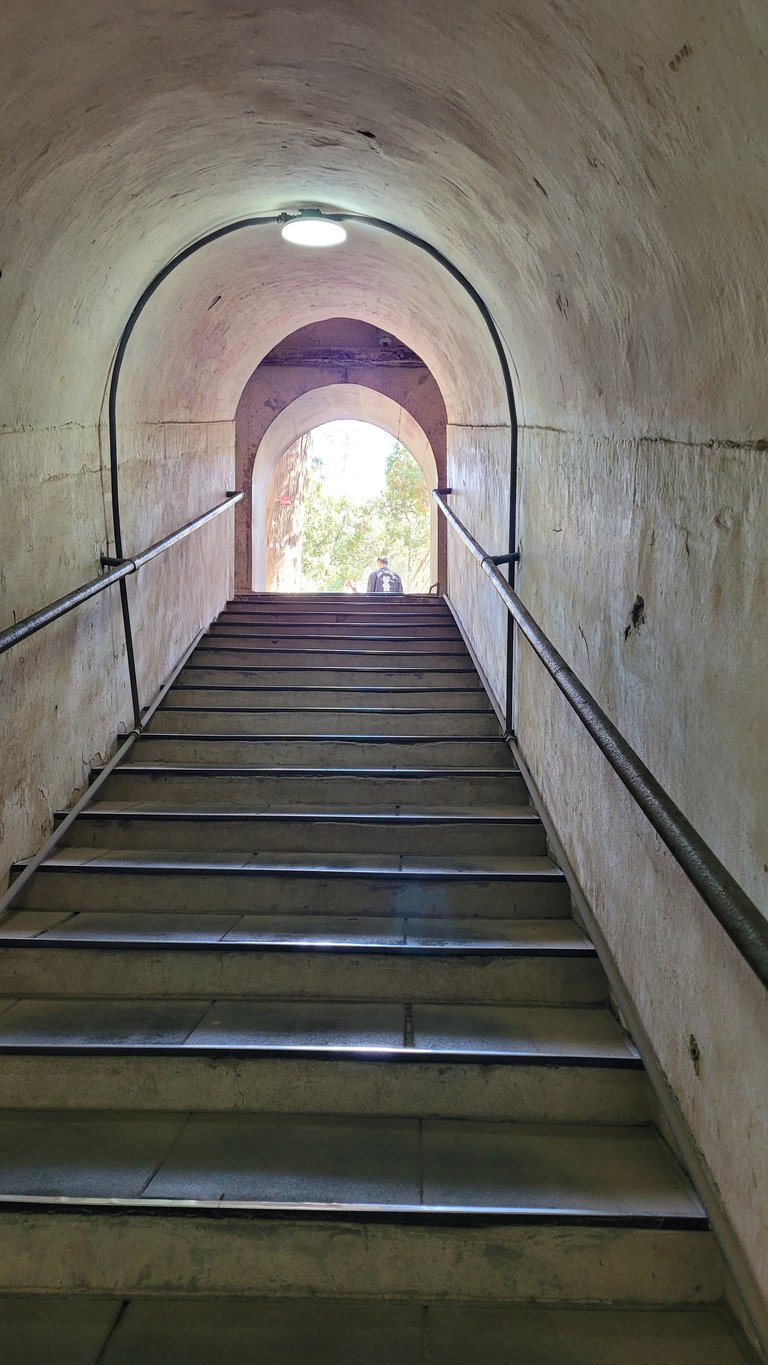



Since 1409, when Zhu Di, the first emperor of the Ming Dynasty, established his Changling Tomb here, the next twelve emperors had their resting places built surrounding Changling during the next 230 years, encompassing a total area of more than 120 square kilometers (46.3 square miles). This is the best-preserved tomb area, with the most emperors interred. Every year, millions of people visit the site to enjoy its rich history and regal grandeur. But due to the winter season, I saw only a handful of people here.
Each location in the Ming Dynasty Tombs scenic region is a separate entity but they have similar layouts and arrangements, however, they differ in size and intricacy of their buildings. Each was erected near the mountain's foot, with distances varying from half a kilometer to eight kilometers.


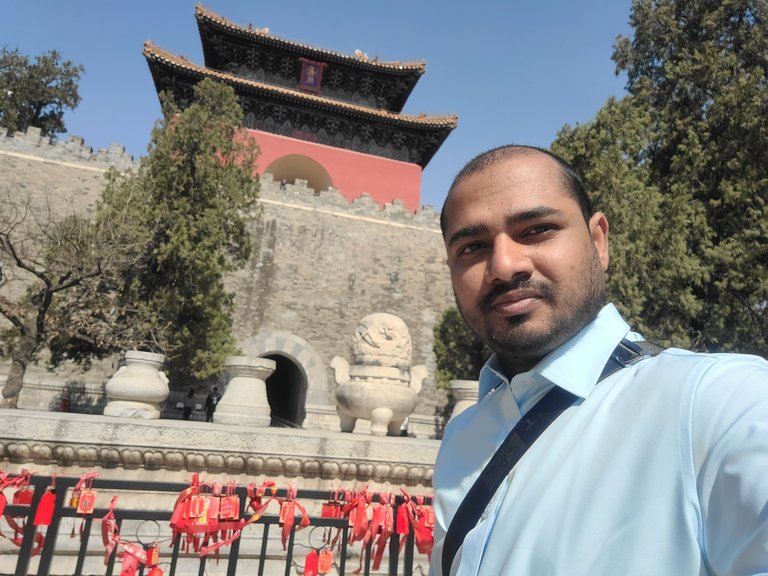

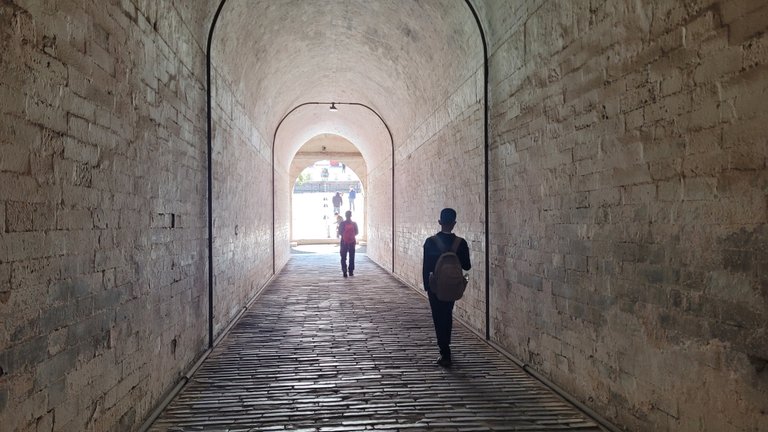


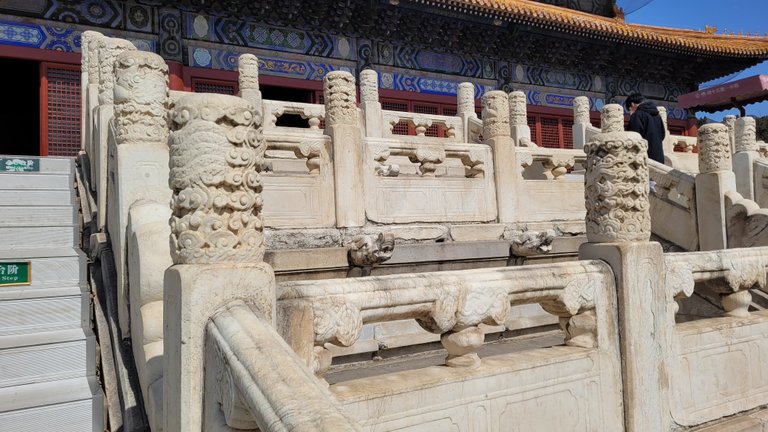
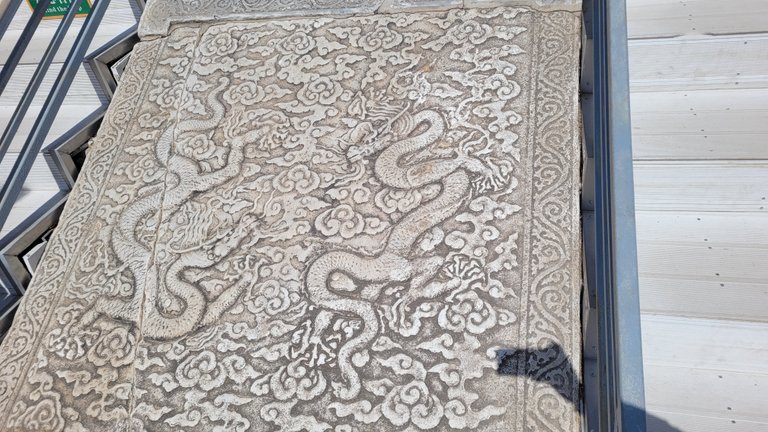
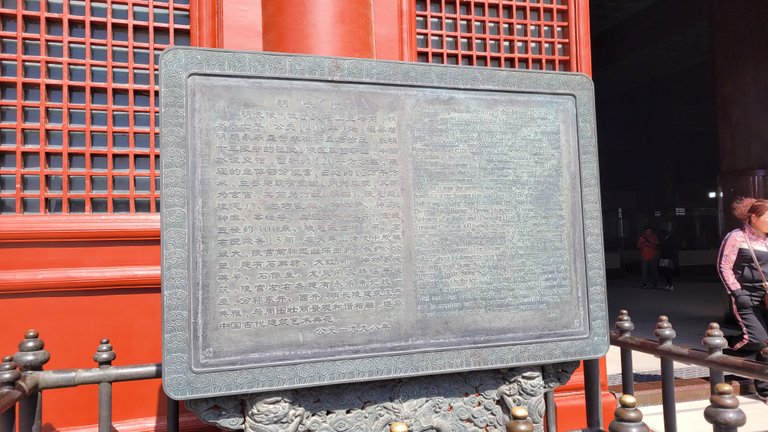

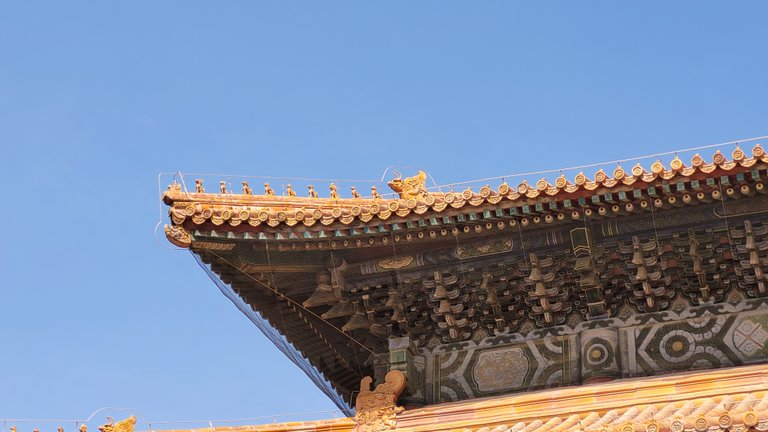
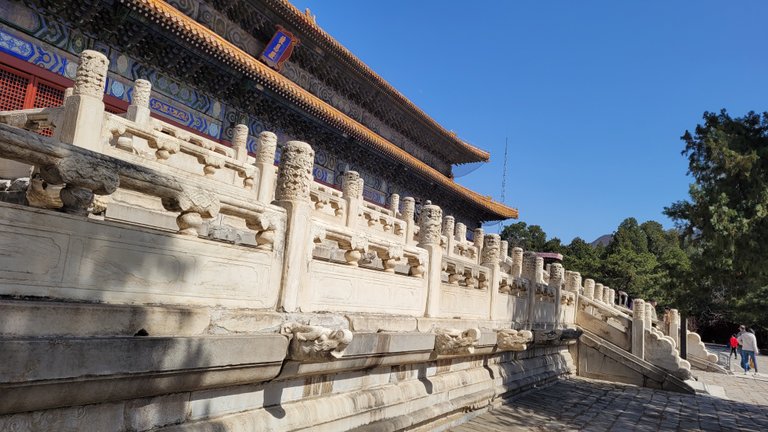

From site selection to design, considerable care was taken to achieve harmony and oneness with nature. The Chinese emperor thought they were very close to God and so they expressed the philosophy of 'the union of heaven and humanity' in their architecture. And I can see that in each corner of each building and the whole area. Everything is designed with proper calculations and prior studies to make the place have the best view.
The Ming Tomb of China is a remarkable representation of ancient Chinese mausoleums, exemplifying the diversity of traditional Chinese culture. The nature surrounding the tomb area is soothing and to have a great time with nature such destinations are great to explore.


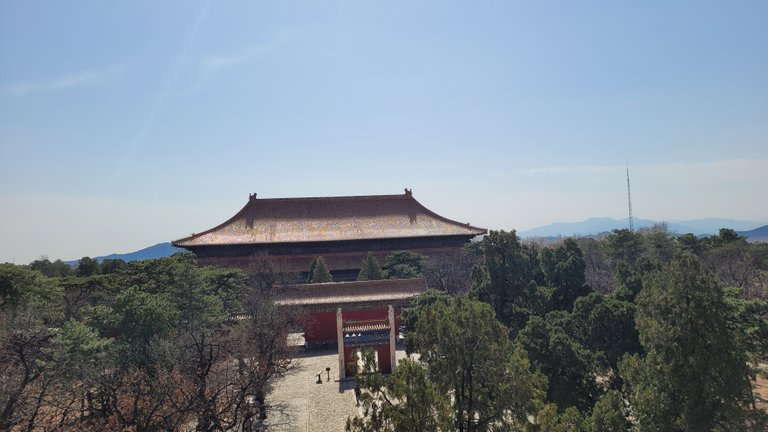

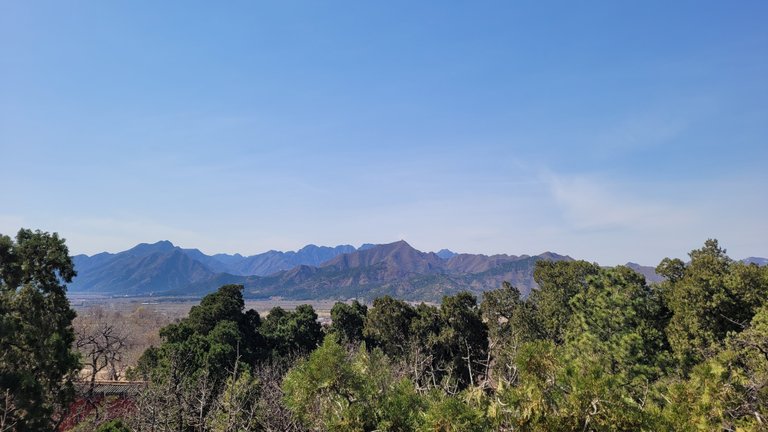
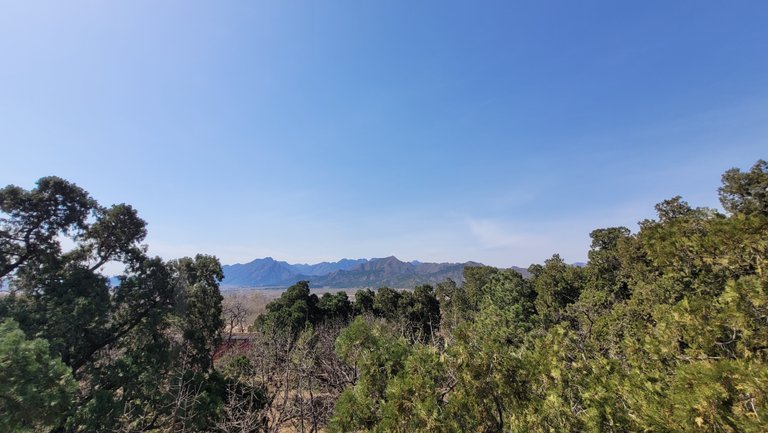
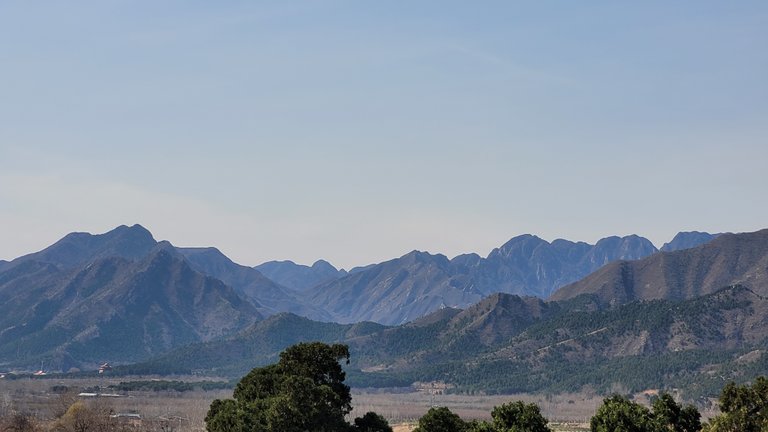
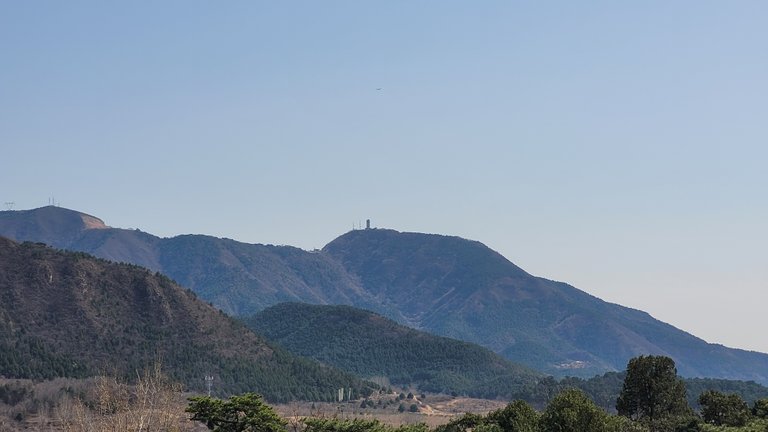
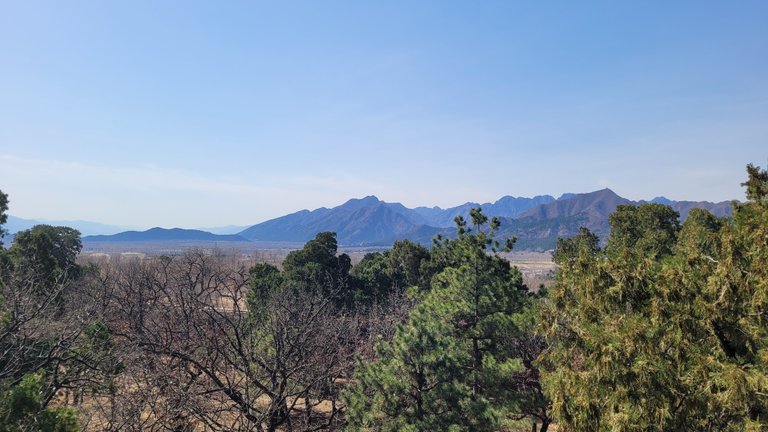
I hope you like my outdoor activity in such a fantastic place with great beauty. It was amazing to have such tours to a fantastic place like this, with the beauty of nature, to enjoy and lose myself away from my busy life! If you have any queries, let me know in the comments, and I will try my best to answer them.

Thanks a lot for your time and attention. I will catch up with you at the next one.
Wish you a great day!

Congratulations, your post has been added to Pinmapple! 🎉🥳🍍
Did you know you have your own profile map?
And every post has their own map too!
Want to have your post on the map too?